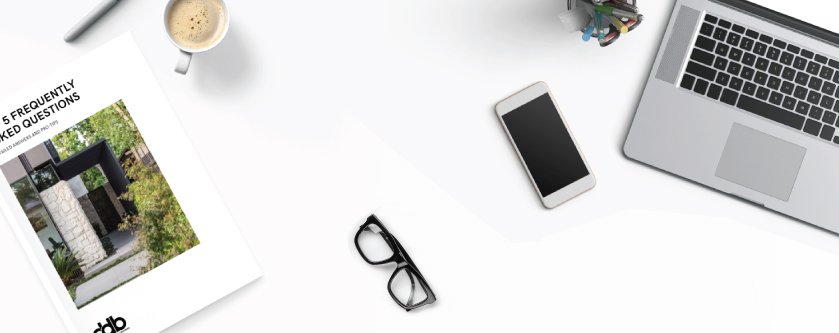
EMAIL #25 - 1st, April, 2019 - TAX & INVESTING
Hi Team,
We are now half way through my emails about financial intelligence and we are dealing with some pretty dry topics, so to keep you focussed I'm going to roll out one of my all time favorite quotes; follow this and you'll have a happy life!
"Do not spoil what you have by desiring what you have not; remember that what you have now was once among the things you only hoped for", Epicurus.
Today we are going to look at a couple of taxes that specifically affect investing. These topics can have a significant impact on your long term financial success and are very important to understand and be used to your advantage.
The biggest tax on investments in Australia is Capitol Gains Tax or CGT. If you sell an investment (shares, bonds, property etc) and you make a "capitol gain" (i.e. you sell it for more than you purchased it for) you must pay tax on the capitol gain. You must report the capitol gain in your tax return for the financial year that you sold the asset. The capitol gain will then be added to your assessable income for that year and may significantly increase the amount of tax you have to pay. The good news is that your personal home and other personal assets such as cars and boats are exempt from capitol gains tax. It is also important to note that currently in Australia, as long as an asset is owned for more than one year, the amount of capitol gain is discounted by 50% for individual tax payers, which significantly softens the blow when you sell an investment. But how long this 50% discount on CGT continues to last is a hotly debated political topic at present?
The second significant investment tax is Land Tax. This is a state based tax, (which varies slightly from state to state) where if you own more than one property and the total value of the land component is more than $250k, you must pay tax on the value of the land each year. More good news, your "principle place of residence" (your home) is exempt from land tax no matter what it's value. The land value of each property (excluding all buildings and improvements) is re-assessed every three years by your local council, and this valuation is used for calculating the amount of land tax you pay each year. Attached is a table "current land tax rates in Victoria" used to calculate land tax. It is worth noting that if you are lucky enough to own several properties you can expect to pay a significant amount of land tax each year.
Okay, enough about different forms of tax, now let's look at a legal way to reduce your personal tax, Negative Gearing.
"Negative gearing is a form of financial leverage whereby an investor borrows money to acquire an income-producing investment and the gross income generated by the investment is less than the cost of owning and managing the investment, including depreciation and interest charged on the loan." - Click here to learn more >
So basically, If it costs you more to own and finance an investment property than the amount of rent you receive, you can deduct the loss from your personal income tax liability. But for this to really work you must already be paying a significant amount of personal tax and you must also be able to comfortably afford all of the day to day costs of owning the investment property.
It is estimated that 10% of the Australian population is currently taking advantage of negative gearing. One of the key advantages associated with having a property negatively geared is the potential for capital growth. While negative gearing allows for a short-term gain (i.e. you pay less tax), property investors may be able to take advantage of a long-term financial boost when the value of the negatively-geared property increases.
Phew; I am glad we have got through the driest topics and can now move on to more exciting stuff like Property Investments and Bank Finance in the coming weeks!
Thanks for reading and hang in there, we are now on the downhill run.
David
